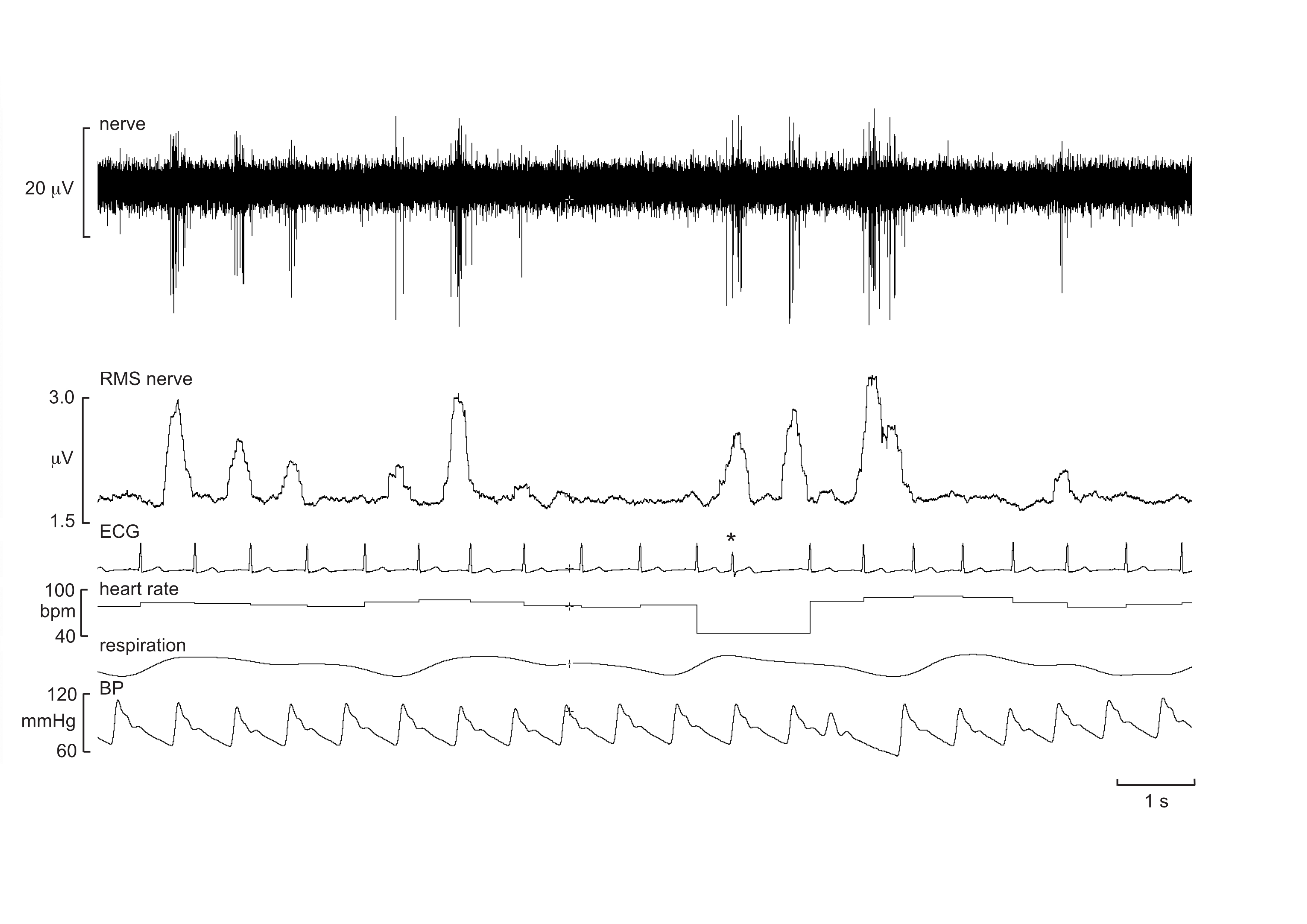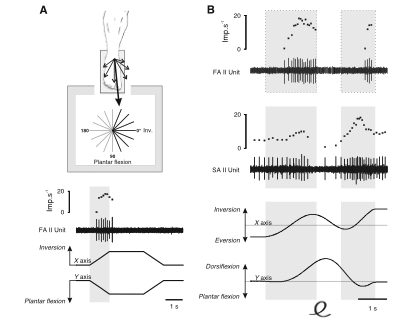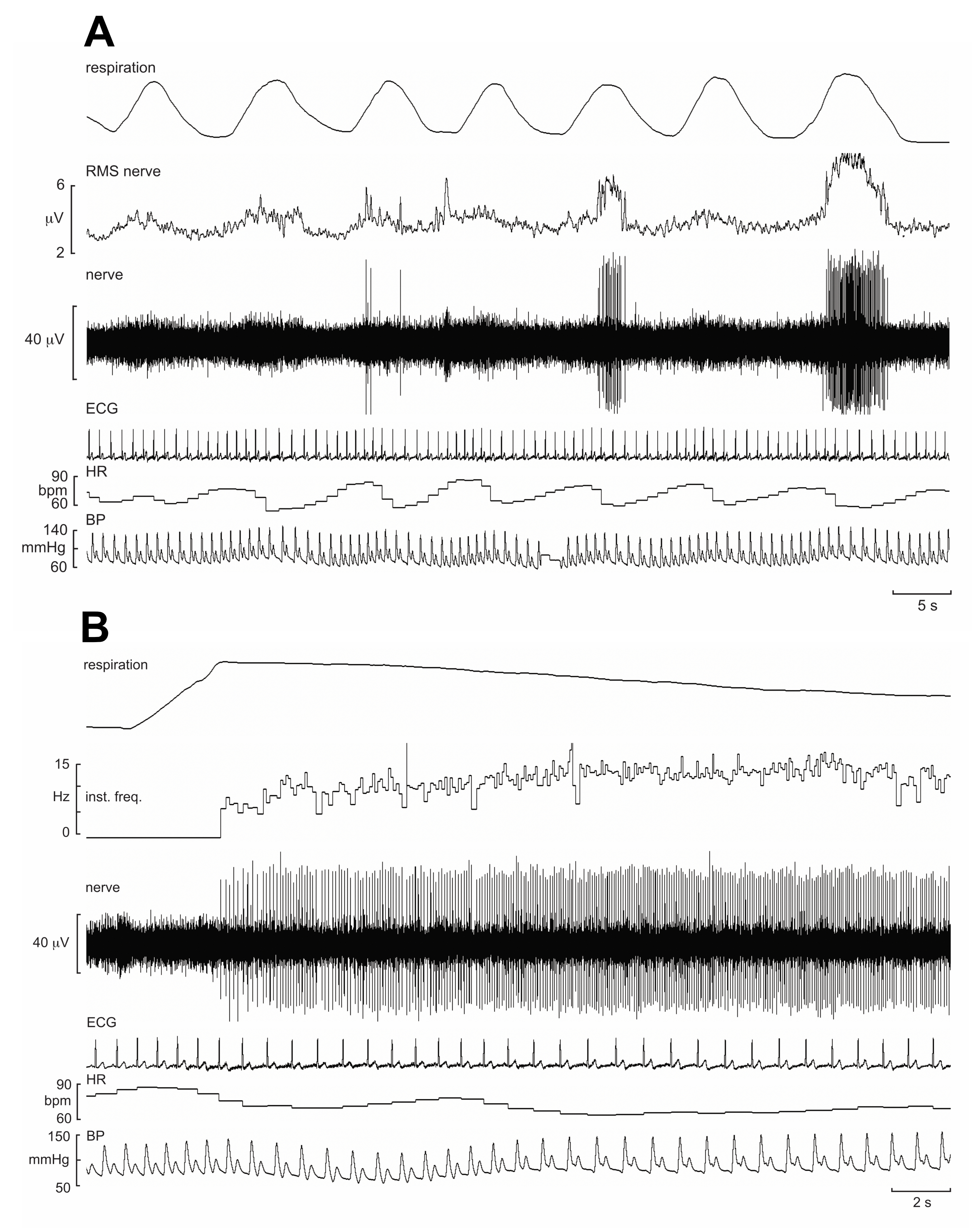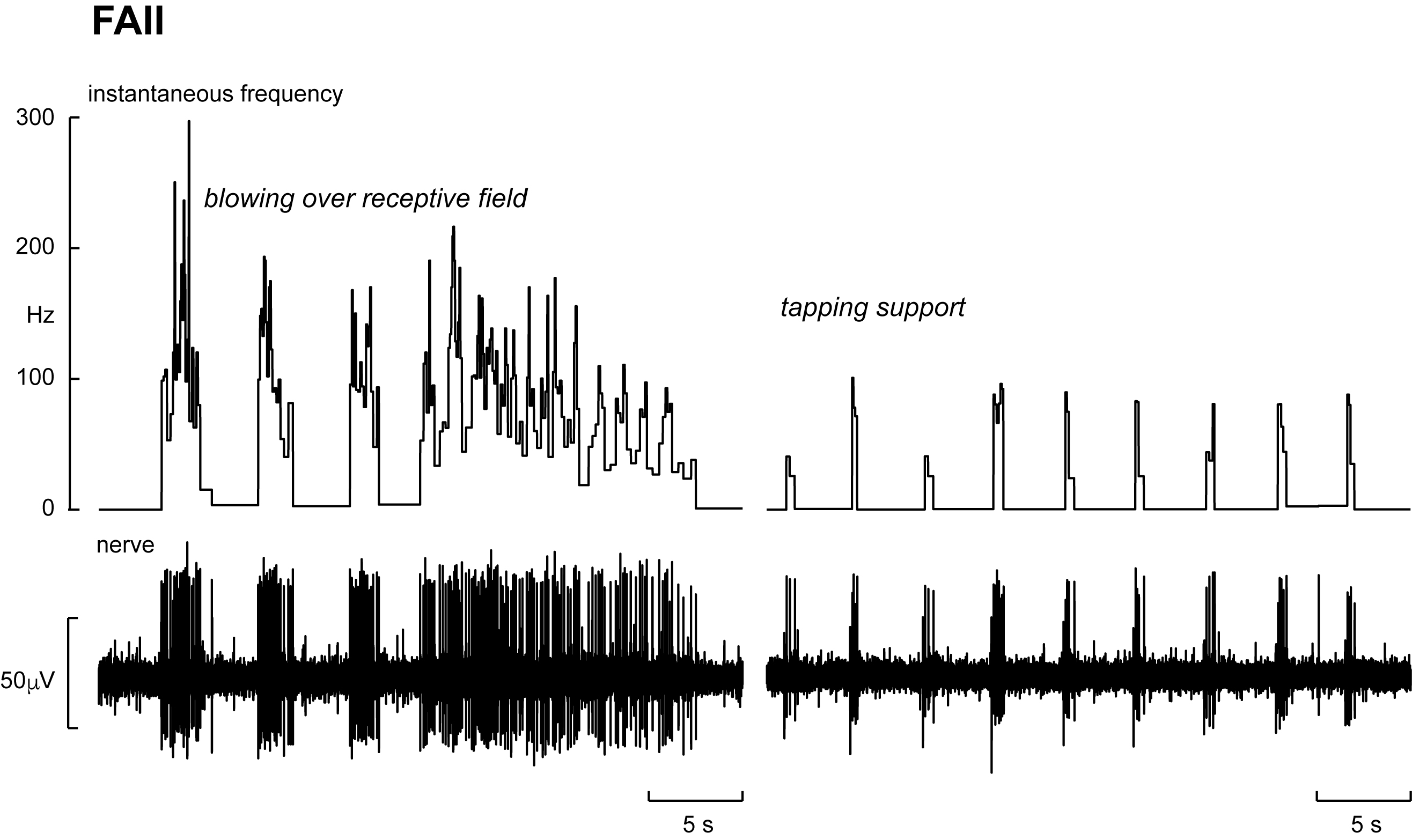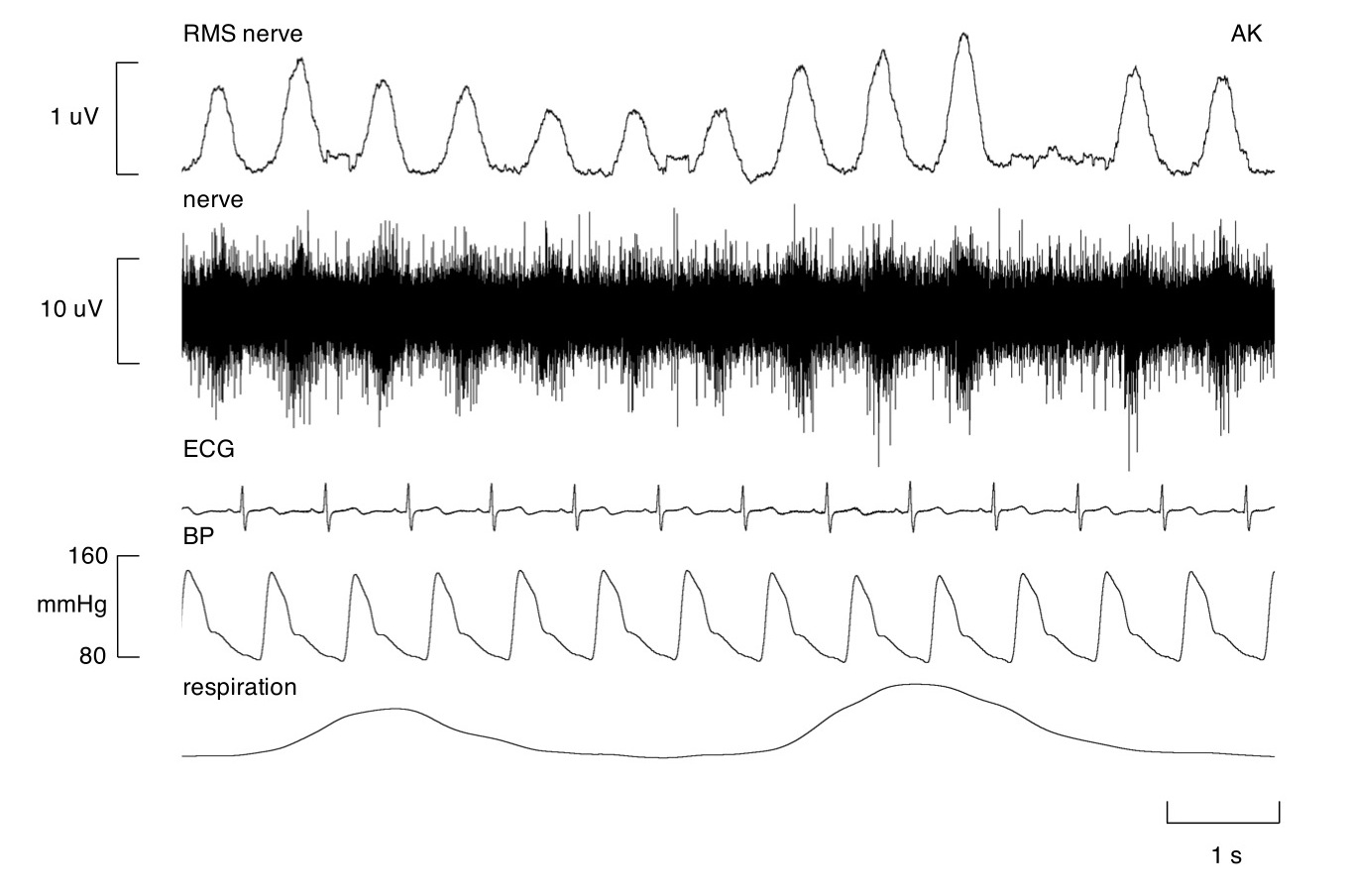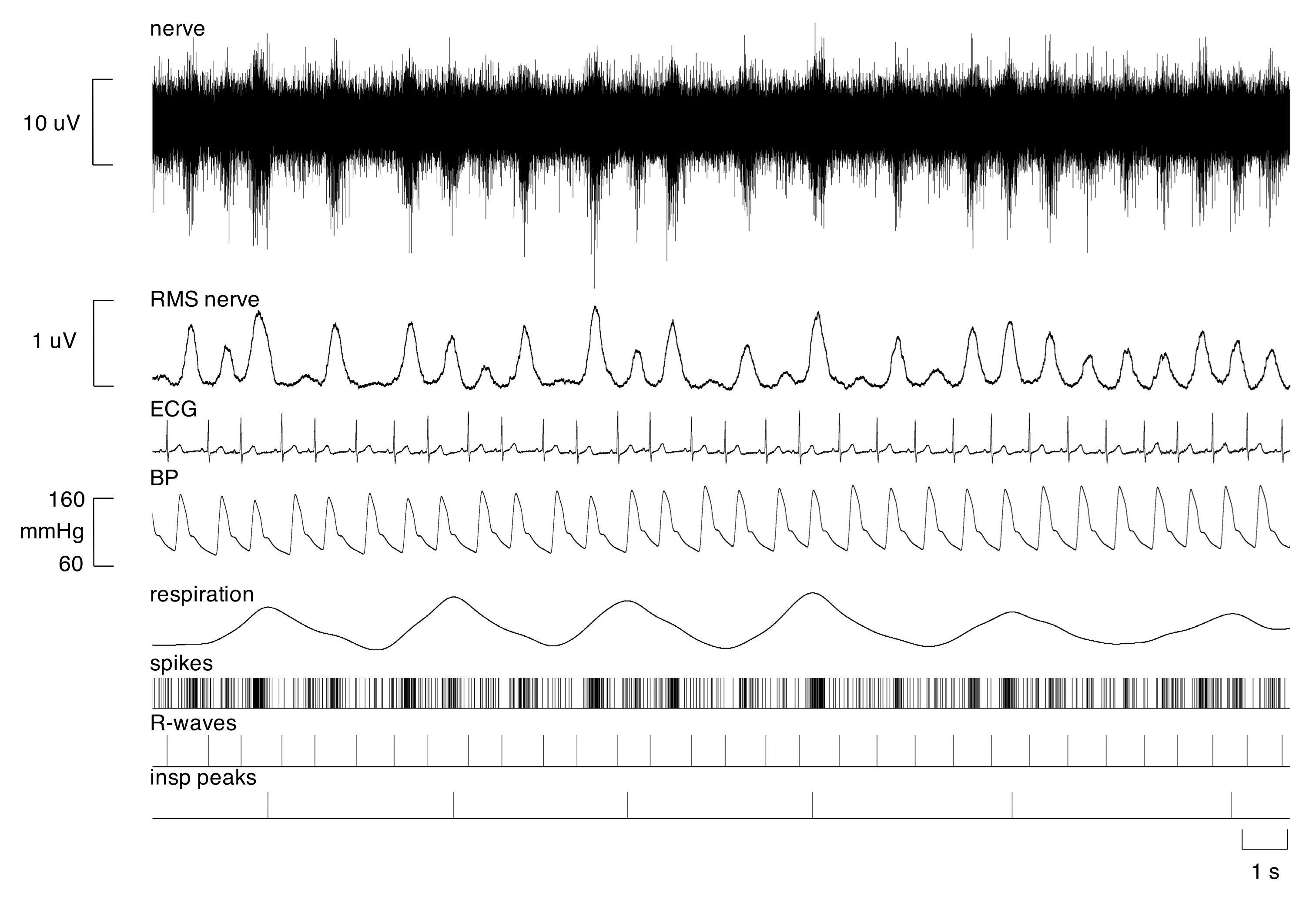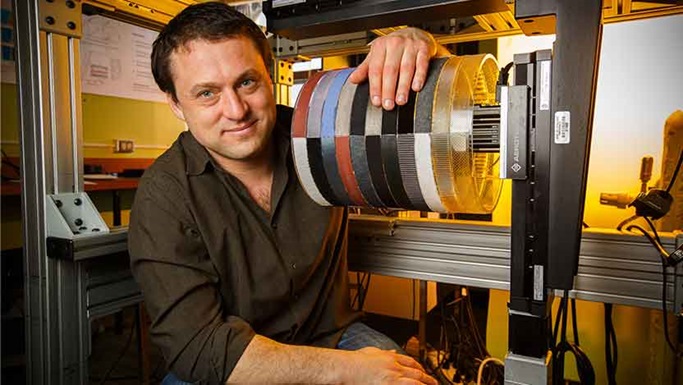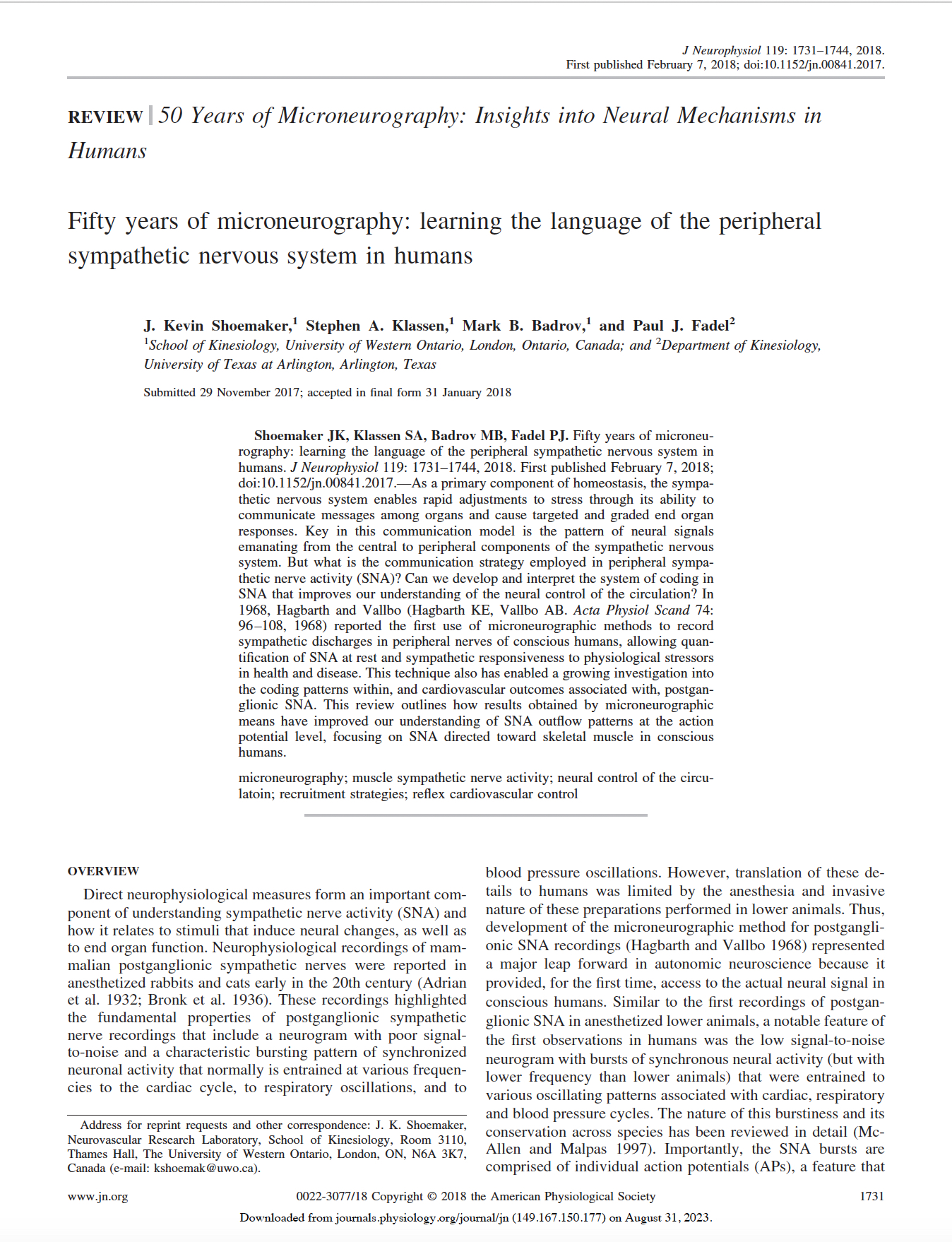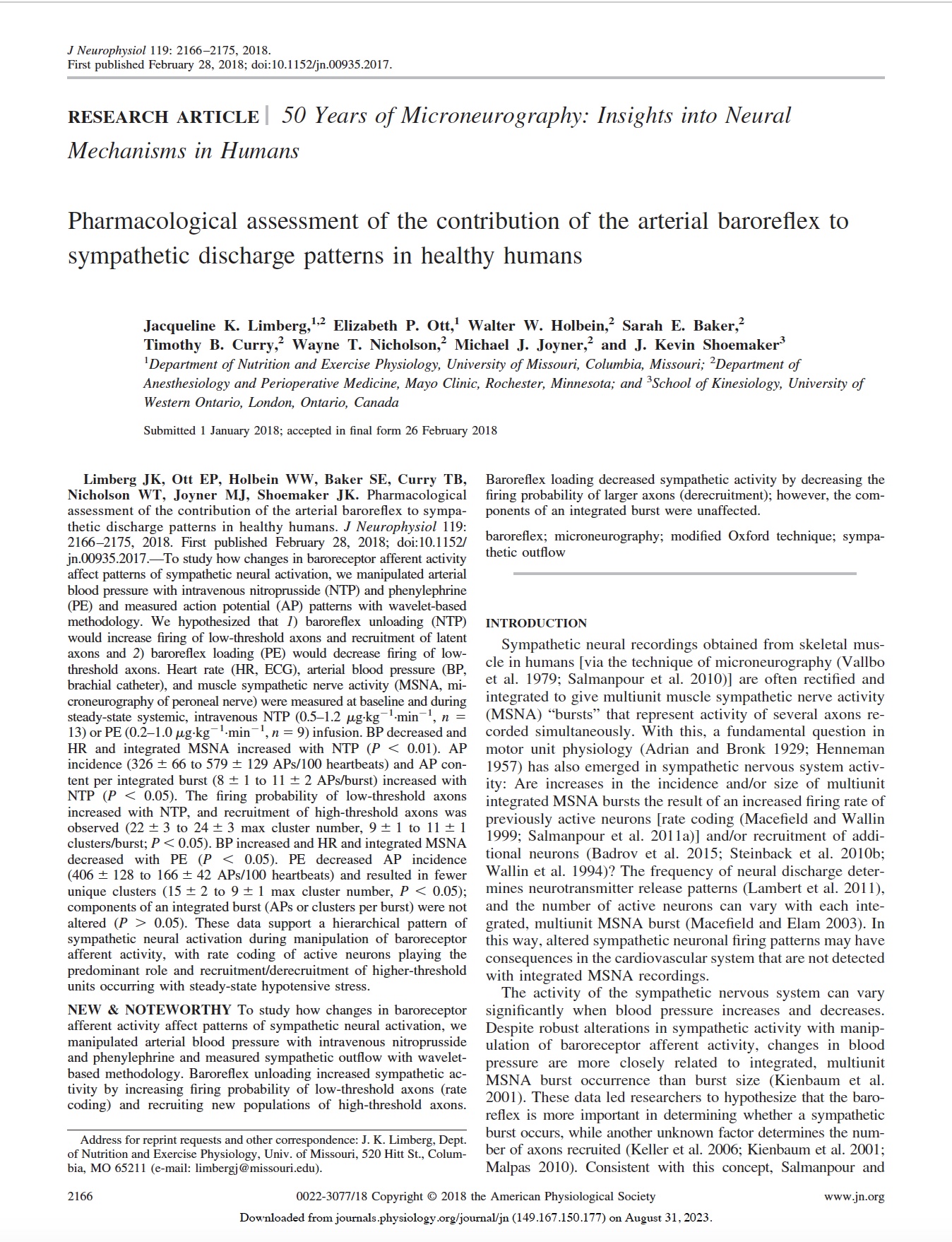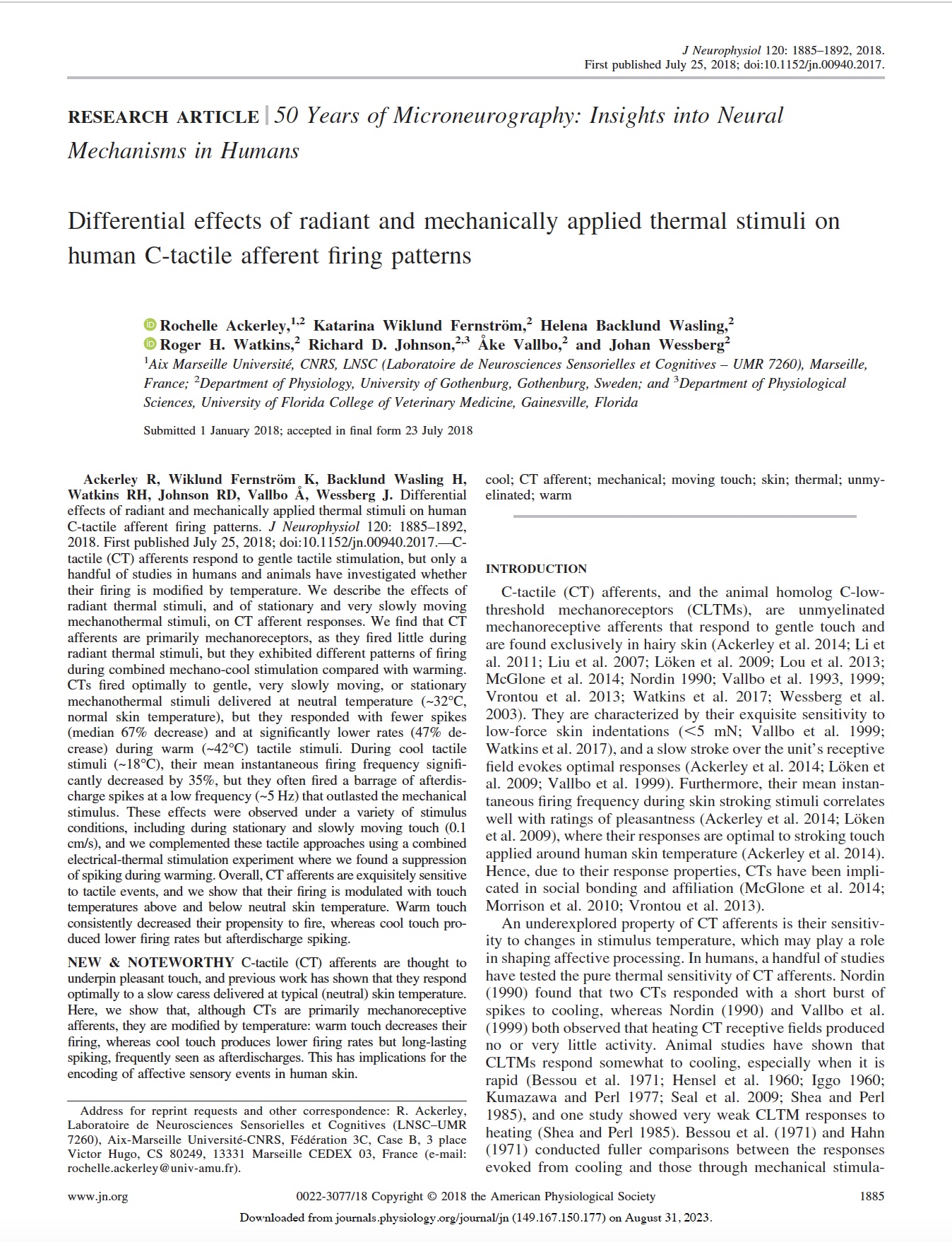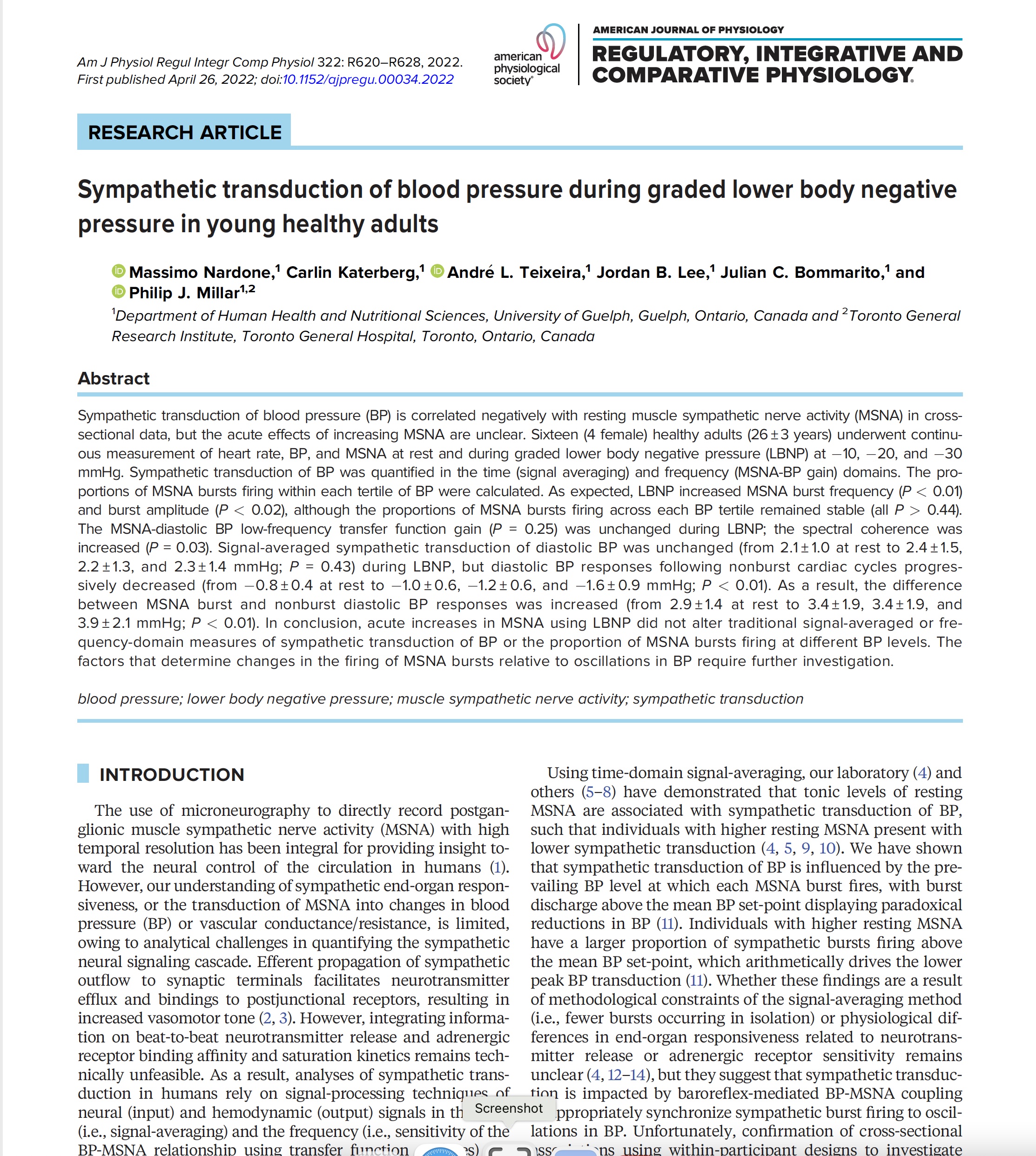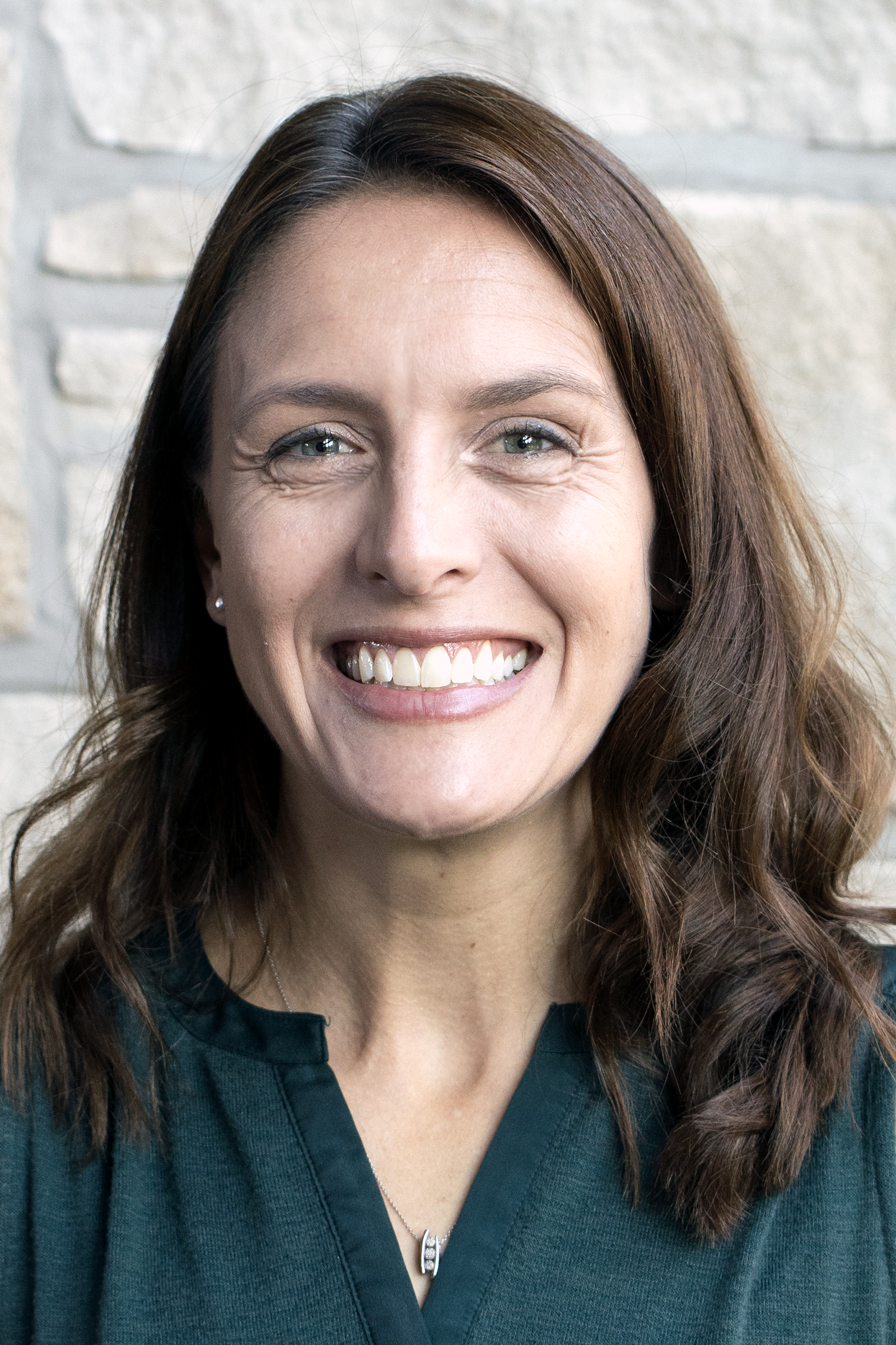3rd Comprehensive Microneurography Course & Conference
June 15-26 2026, Prato, Italy
Building on the success of the first two courses, and the demand for another course, The International Society for Microneurography will be holding the third hands-on course in June 2026.
As with the first two courses, the two-week course will include lectures on how to access perform intraneural recordings from different peripheral nerves via tungsten microelectrodes, discussion on the different types of neural signals one can obtain with microneurography, and the different approaches to analysis. The first week will be dedicated to recording sympathetic nerve activity to muscle and skin while the second week will focus on single-unit recordings from myelinated and unmyelinated afferents supplying muscle and skin.
Practical hands-on instruction in the technique will be provided in both weeks, with two sessions per day and five parallel stations that will provide attendees with opportunities to perform microneurography on each other, as approved by the Human Research Ethics Committee of Monash University.
The course will be taught by an international faculty of leading experts in microneurography and suit those with no experience of microneurography, as well as those with experience wishing to explore different aspects of the technique.
The course will be held at the Monash Prato Centre, located in the picturesque city of Prato in Tuscany – 30 minutes by train from Florence. Take a virtual tour of the Centre here.
The course cost for academics/students is AUD3750 for two weeks or AUD2750 for one week, and includes morning and afternoon teas, buffet lunches, a Welcome Reception on the evening of Monday, June 15, and a Farewell Reception on the evening of Friday, June 26. We encourage registrants to attend for the full two weeks to maximise their learning experience and to take advantage of the reduced registration fee.
The course cost for industry/corporate attendees is AUD9000 for two weeks or AUD5500 for one week.
Accommodation is not included in the cost but a comprehensive list of affordable local accomodation can be found here.
Spaces are limited to 40 participants in each week so please complete the registration and payment below.
Letters of acceptance into the course, to facilitate funding and travel requests, can be provided on request.
We will be inviting attendees who currently perform microneurography, as well as those wishing to use microneurography to address specific questions, to give a short presentation of their current or planned work so that we can share our experience and learn from each other. We will be having a dedicated one-hour session each day for this conference component. See below to submit an abstract.
For those interested, in the third week Monash Prato Centre will be hosting the 3rd Mechanotransduction, Muscle Spindles and Proprioception Conference.



